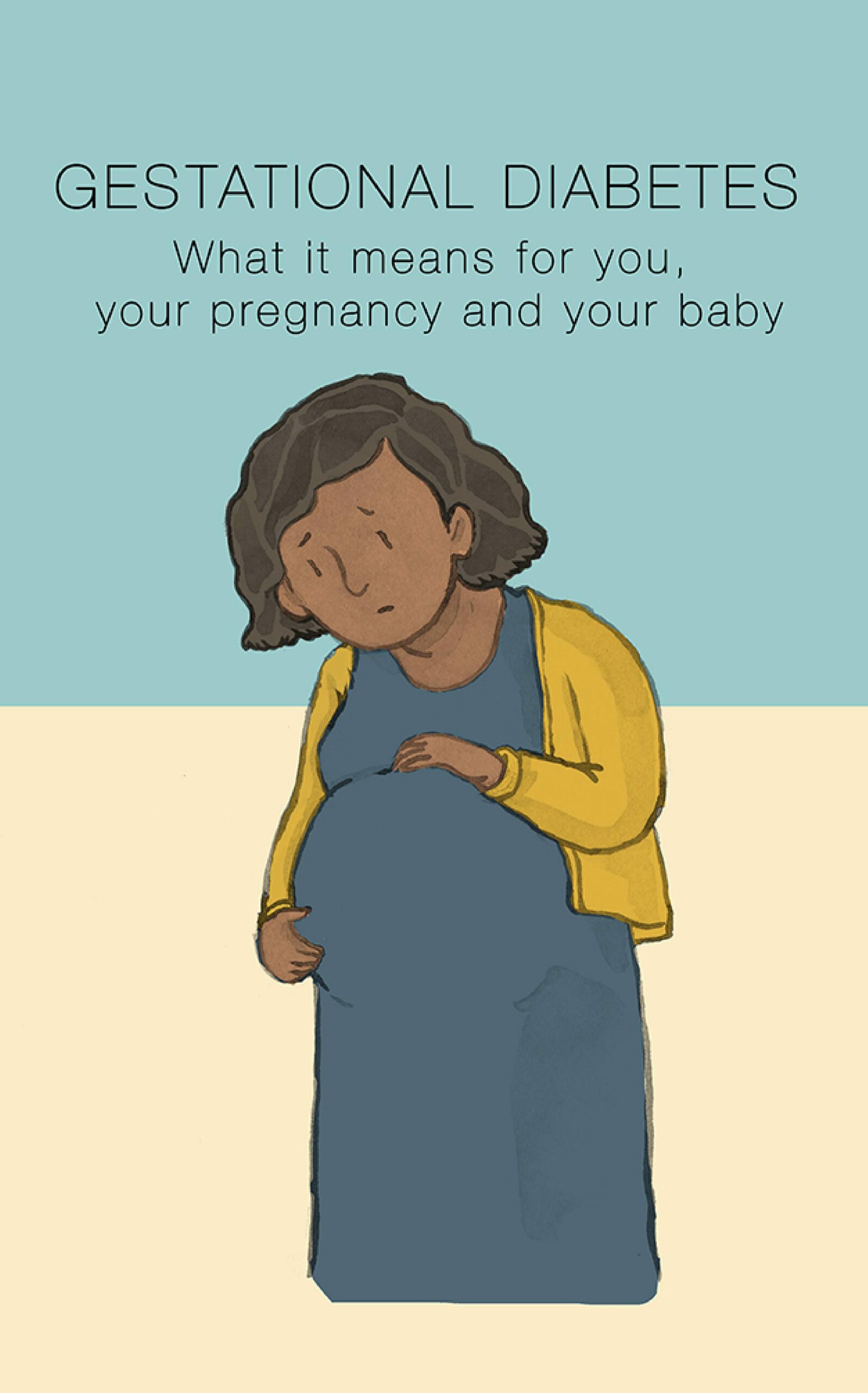Gestational diabetes mellitus (GDM) presents a captivating yet disconcerting nexus between maternal health and potential long-term ramifications for both mother and child. Defined as glucose intolerance occurring during pregnancy, this condition has increasingly garnered attention for its consequential role in paving the pathway to type II diabetes—a chronic ailment garnering epidemic proportions globally. The intricate interplay between these distinct yet interconnected states emphasizes an urgent need for public awareness and clinical intervention.
As women navigate the transformative experience of pregnancy, the hormonal fluctuations can precipitate atypical glucose metabolism. Interestingly, this temporary condition often dissipates post-delivery; however, it serves as a critical alert for future health challenges. Statistics reveal that approximately 50% of women who experience GDM will develop type II diabetes within 5 to 10 years following their pregnancy. This realization urges healthcare practitioners to leverage gestational diabetes not merely as a fleeting concern but as a harbinger of life-altering outcomes.
What catalyzes this compelling relationship? At its core lies insulin resistance, which heightens during pregnancy to facilitate fetal growth. In GDM, this physiological adaptation falters, leading to elevated blood glucose levels. When unaddressed, these fluctuations can steadily erode pancreatic function, amplifying the risk of developing type II diabetes. As awareness of this correlation burgeons, it disrupts the misconception that gestational diabetes is insignificant beyond the maternity ward.
The ramifications extend beyond the mother; offspring born to mothers with GDM face an augmented risk of obesity, metabolic syndrome, and diabetes in later life. This generational transmission of risk underscores the imperative for broader public health initiatives. Educational programs that elucidate the importance of diet, exercise, and regular monitoring can empower women to reclaim their health—not just during pregnancy but sustained for years thereafter.
Moreover, the prognosis for reversing this trajectory is promising. Weight management, lifestyle modifications, and, in some instances, pharmacological interventions can significantly curtail the progression from gestational diabetes to type II diabetes. By nurturing a proactive approach to maternal health, communities can engender a ripple effect—shifting health narratives, challenging preconceived notions, and ultimately enriching future generations’ well-being.
The conversation surrounding gestational diabetes beckons a transformation in perspective. Recognizing it as a precursor rather than a mere complication can invigorate both professional healthcare practices and personal health journeys. This redefined focus on prevention is not only essential; it is an obligation to mothers and their children, promising a future where the ties between gestational diabetes and type II diabetes are no longer a foregone conclusion but a challenge met with equitable solutions.
